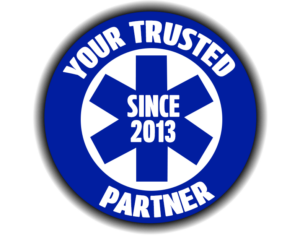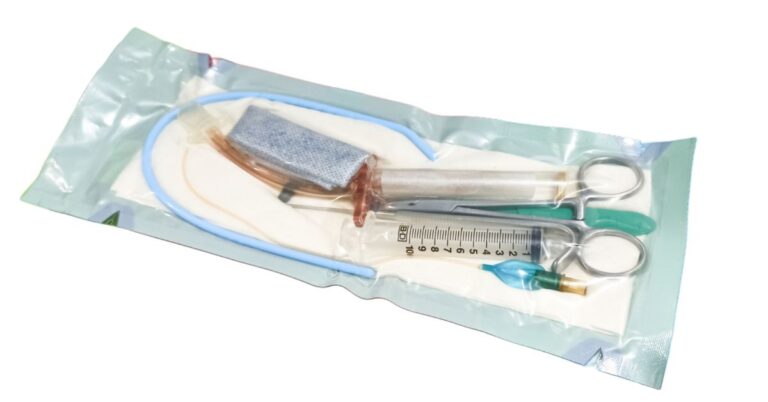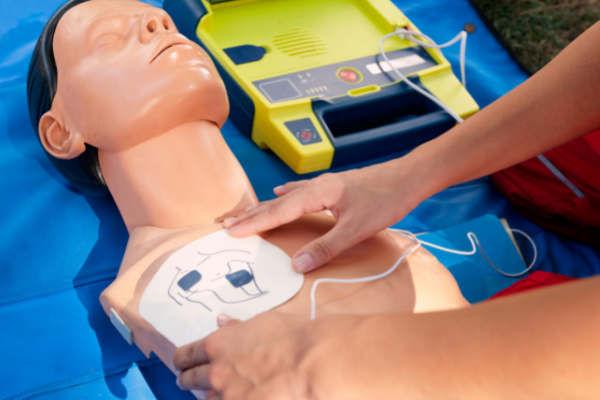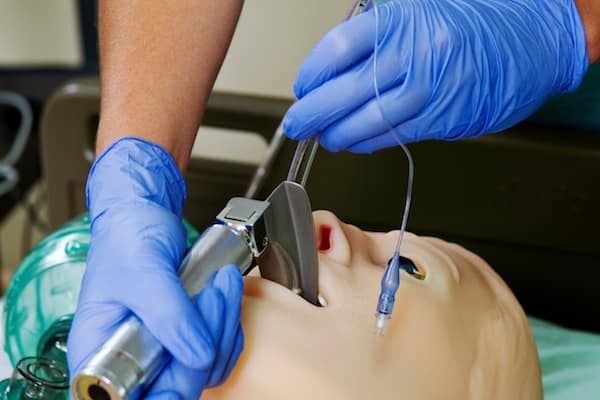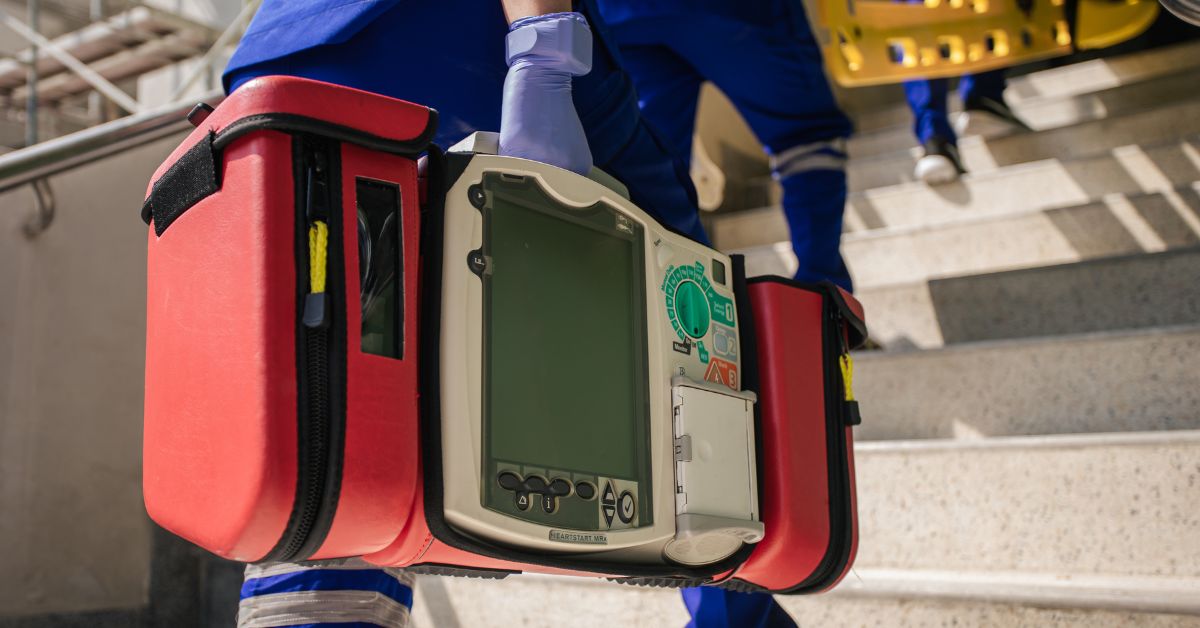
What Happens to Decommissioned EMS Equipment?
Emergency medical services rely on specialized tools to save lives, but equipment eventually reaches the end of its service life. When this happens, organizations must decide what to do with these items. Options include reusing, recycling, salvaging parts, or disposing of them safely. Each path depends on the condition of the equipment and regulatory guidelines. This article examines how decommissioned EMS equipment is handled and why proper management is essential.
Refurbishment and Redistribution
Functional equipment often gets refurbished and redistributed to extend its usefulness. Refurbishment involves inspecting and repairing items like defibrillators or ventilators to meet safety standards. These devices are then sold at reduced prices or donated to healthcare providers in underserved regions. For instance, many organizations send refurbished medical devices to developing countries where access to such tools is limited. This process supports global health efforts while reducing waste.
Recycling Non-Functional Equipment
When equipment can no longer serve its intended purpose, recycling becomes a practical solution. Many medical devices contain valuable materials like metals, plastics, and electronic components. Specialized recycling facilities extract these materials for reuse in manufacturing or energy production. For example, metals from old monitors can be melted down and repurposed for new products, while plastics may be processed into industrial fuels. Recycling reduces environmental impact and promotes sustainability.
Salvaging Components for Repairs
Some decommissioned EMS equipment is dismantled to recover usable components. Salvaging involves removing functional parts such as circuit boards, sensors, or casings to repair other devices still in use. Such an approach minimizes costs while extending the lifespan of operational equipment. It also reduces the need for new parts, contributing to resource conservation.
Safe Disposal of Hazardous Equipment
Equipment that poses safety risks or cannot be recycled requires proper disposal. Contaminated items undergo sterilization before incineration or placement in regulated landfills. For example, biohazardous materials like syringes are treated in autoclaves to neutralize risks before disposal. Strict protocols ensure compliance with legal standards and protect public health.
Work with Coast Biomedical Equipment for EMS Solutions
Coast Biomedical Equipment specializes in managing decommissioned EMS equipment responsibly. Whether you need assistance with refurbishing, recycling, salvaging parts, or disposing of outdated tools, our team offers expert solutions tailored to your needs. With decades of experience supporting EMS providers across North America, we help you handle medical devices safely and sustainably. Contact Coast Biomedical Equipment today to learn how we can assist with your equipment management needs!

